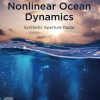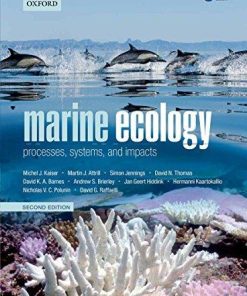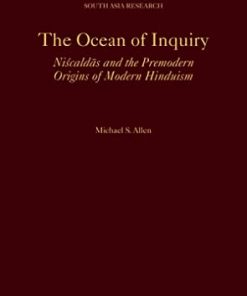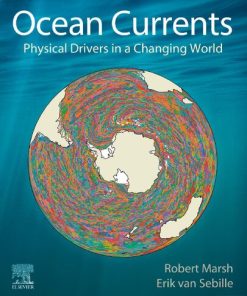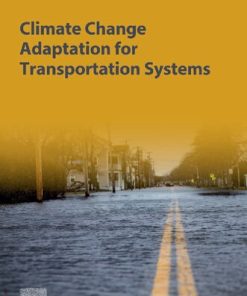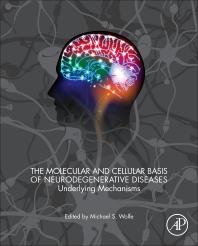(Ebook PDF) Ocean Mixing Drivers Mechanisms and Impacts 1st edition by Paul Meredith, Alberto Naveira Garabato ISBN 9780128215135 0128215135 full chapters
$50.00 Original price was: $50.00.$25.00Current price is: $25.00.
(Ebook PDF) Ocean Mixing Drivers Mechanisms and Impacts 1st edition by Paul Meredith, Alberto Naveira Garabato-Ebook PDF Instant Download/Delivery:9780128215135, 0128215135
Instant download Full Chapter of Ocean Mixing Drivers Mechanisms and Impacts 1st edition after payment
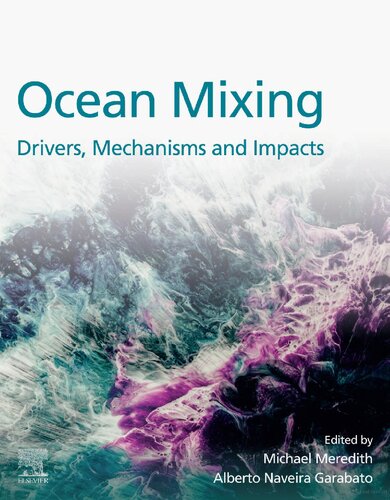
Product details:
ISBN 10: 0128215135
ISBN 13: 9780128215135
Author: Alberto Naveira Garabato, Paul Meredith
Ocean Mixing: Drivers, Mechanisms and Impacts presents a broad panorama of one of the most rapidly-developing areas of marine science. It highlights the state-of-the-art concerning knowledge of the causes of ocean mixing, and a perspective on the implications for ocean circulation, climate, biogeochemistry and the marine ecosystem. This edited volume places a particular emphasis on elucidating the key future questions relating to ocean mixing, and emerging ideas and activities to address them, including innovative technology developments and advances in methodology. Ocean Mixing is a key reference for those entering the field, and for those seeking a comprehensive overview of how the key current issues are being addressed and what the priorities for future research are. Each chapter is written by established leaders in ocean mixing research; the volume is thus suitable for those seeking specific detailed information on sub-topics, as well as those seeking a broad synopsis of current understanding. It provides useful ammunition for those pursuing funding for specific future research campaigns, by being an authoritative source concerning key scientific goals in the short, medium and long term. Additionally, the chapters contain bespoke and informative graphics that can be used in teaching and science communication to convey the complex concepts and phenomena in easily accessible ways.
Table of Contents:
- Chapter 1: Ocean mixing: oceanography at a watershed
- Abstract
- References
- Chapter 2: The role of ocean mixing in the climate system
- Abstract
- 2.1. Introduction
- 2.2. The role of ocean mixing in shaping the contemporary climate mean state
- 2.3. Ocean mixing and transient climate change
- 2.4. Ocean mixing in past climate states
- 2.5. Summary and conclusion
- References
- Chapter 3: The role of mixing in the large-scale ocean circulation
- Abstract
- 3.1. Introduction
- 3.2. Flavours of mixing
- 3.3. Non-dissipative theories of ocean circulation
- 3.4. How can mixing shape circulation?
- 3.5. Where is mixing most effective at shaping circulation?
- 3.6. Some impacts on basin-scale overturning circulation
- 3.7. Some impacts on basin-scale horizontal circulation
- 3.8. Conclusions
- References
- Chapter 4: Ocean near-surface layers
- Abstract
- Acknowledgements
- 4.1. Introduction
- 4.2. Mixing layers and mixed layers in theory
- 4.3. Observing the surface layers and their processes
- 4.4. Modelling surface layers and their processes
- 4.5. Global perspective
- 4.6. Outlook
- References
- Chapter 5: The lifecycle of surface-generated near-inertial waves
- Abstract
- Acknowledgements
- 5.1. Introduction
- 5.2. Generation of near-inertial waves at the surface
- 5.3. Propagation of near-inertial waves out of the mixed layer
- 5.4. Interactions of near-inertial waves with variable stratification, other internal waves, and mean flows in the interior
- 5.5. Dissipation of near-inertial waves
- 5.6. Discussion
- 5.7. Conclusions and outstanding questions
- References
- Chapter 6: The lifecycle of topographically-generated internal waves
- Abstract
- Acknowledgements
- 6.1. Introduction
- 6.2. Generation
- 6.3. Internal tide propagation and an integral estimate of decay
- 6.4. Wave-wave interactions
- 6.5. Wave-mean flow interactions
- 6.6. Wave-topography interaction
- 6.7. Conclusions and outstanding questions
- References
- Chapter 7: Mixing at the ocean’s bottom boundary
- Abstract
- Acknowledgements
- 7.1. Introduction
- 7.2. Common ground
- 7.3. Implications of the bottom intensification of ocean mixing for upwelling: buoyancy budgets for bottom-intensified mixing
- 7.4. Production mechanisms for boundary mixing
- 7.5. Discussion
- References
- Chapter 8: Submesoscale processes and mixing
- Abstract
- Acknowledgements
- 8.1. Introduction
- 8.2. Life-cycle of submesoscale fronts
- 8.3. Redistribution of density and restratification at the submesoscale
- 8.4. Redistribution of passive tracers and particles
- 8.5. Conclusion and future directions
- References
- Chapter 9: Isopycnal mixing
- Abstract
- Acknowledgements
- 9.1. Introduction
- 9.2. Background concepts
- 9.3. Mechanisms of isopycnal stirring and dissipation
- 9.4. Frameworks for thinking about isopycnal mixing
- 9.5. Observational estimates of isopycnal mixing
- 9.6. Simulation-based estimates
- 9.7. Impacts of isopycnal mixing
- 9.8. Summary and future directions
- References
- Chapter 10: Mixing in equatorial oceans
- Abstract
- 10.1. Introduction
- 10.2. Ocean turbulence peaks at the equator, or does it?
- 10.3. Mixing in the cold tongues: diurnal forcing of turbulence below the mixed layer
- 10.4. The concepts of marginal instability and self-organised criticality and how they apply to mixing in the cold tongues
- 10.5. The importance of inertia-gravity waves and flow instabilities
- 10.6. Westerly wind bursts in the Indian Ocean and western Pacific
- 10.7. Variations on subseasonal, seasonal and interannual timescales
- 10.8. Equatorial mixing in large-scale models
- 10.9. Shortcomings, surprises and targets for future investigation
- References
- Chapter 11: Mixing in the Arctic Ocean
- Abstract
- Acknowledgements
- 11.1. Introduction
- 11.2. Foundations
- 11.3. Key findings
- 11.4. Grand challenges
- 11.5. Conclusions
- References
- Chapter 12: Mixing in the Southern Ocean
- Abstract
- Acknowledgements
- 12.1. Introduction
- 12.2. Large-scale context: foundations
- 12.3. Upper cell: mixed-layer transformations
- 12.4. Interior mixing: regional and mesoscale processes
- 12.5. Interior mixing: closing the budgets through turbulence at the smallest scales
- 12.6. Grand challenges
- Short bios of authors
- References
- Chapter 13: The crucial contribution of mixing to present and future ocean oxygen distribution
- Abstract
- Acknowledgements
- 13.1. Introduction
- 13.2. Role of mixing in oxygen minimum zones
- 13.3. Role of mixing on global deoxygenation
- 13.4. Response of OMZ to global warming
- 13.5. Conclusions and grand challenges
- References
- Chapter 14: New technological frontiers in ocean mixing
- Abstract
- 14.1. Introduction
- 14.2. Current and historical measurements of mixing
- 14.3. Recent technological developments: novel methods
- 14.4. Future outlook
- 14.5. Conclusions
People also search:
instant ocean mixing instructions
grc ocean mixing
frank ocean mixing engineer
instant ocean mixing directions
grs ocean mixing
Tags:
Alberto Naveira Garabato,Paul Meredith,Ocean Mixing,Drivers,Mechanisms,Impacts
You may also like…
Arts - Museums & Collections
The photobook world: Artists’ books and forgotten social objects
Uncategorized
Oxidative Stress: Its Mechanisms, Impacts on Human Health and Disease Onset Harold Zeliger
History
The Ocean of Inquiry: Niscaldas and the Premodern Origins of Modern Hinduism (South Asia Research)
Earth Sciences - Oceanography
Relationships & Lifestyle - Psychological Self-Help


